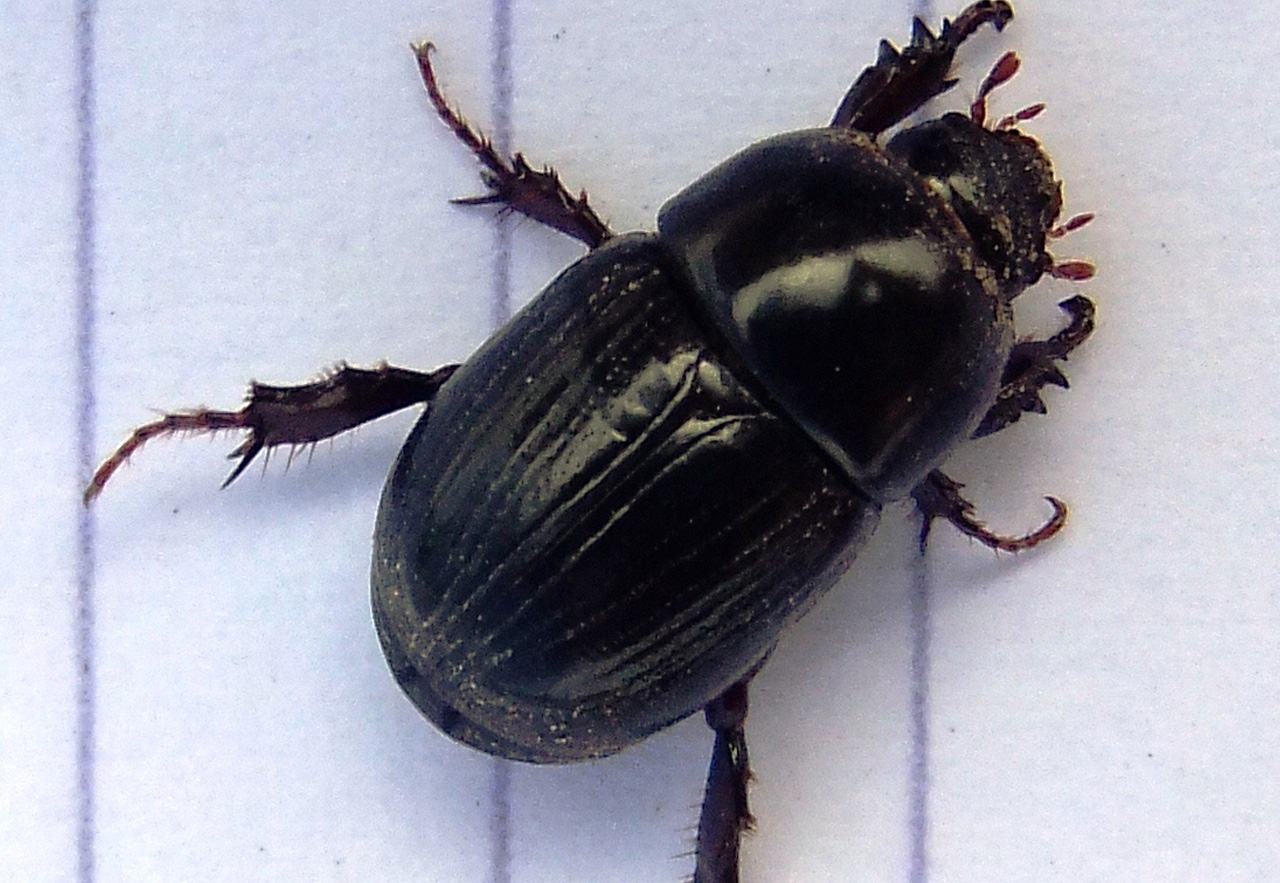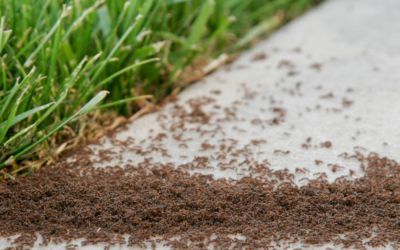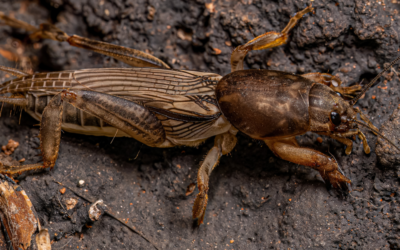African Black Beetle is a beetle (Coleoptera family) that originated from southern Africa. So pretty self-explanatory really.
As a member of the beetle family it has a life cycle that goes from eggs to larvae (witchety grub, sometimes called curl grubs) before becoming a fully grown Adult beetle like Ringo Starr.
Now we could tell you that the beetles scientific name is Heteronychus arator and launch into a detailed morphological description but let’s just skip to what you really need to know to give this guy the sucker punch he deserves.
What you need to know:
- The larvae is the part that does the most damage, think of it as a growing teenager who will eat you out of house and home as he goes through the growth spurts to become an adult
- The larvae loves to dine out on your lawns roots, so the lawn will die off in small patches which yellow and then start to widen as they move
- The leaves of the lawn can be easily pulled out, without any roots there’s nothing holding it there
- Birds know the tell-tale signs of beetle damage and will rip your lawn apart in their hunt, especially once their friends join in
- The beetles aren’t fussy eaters, attacking all lawns but they do prefer to dine out on kikuyu lawns
- Just because you didn’t see any last year doesn’t mean you won’t this year. These guys can fly! Like many bugs they love night lights.
- You might spot the adult beetle wandering around in Spring, he’s actually looking to mate and this means egg laying time
- When you see them crawling around know that if you don’t act you will have 6-12x that number in a few months time
- After mating in Spring they will hit their peak feeding in Summer so it’s better to get in before they get to this stage
- Treating adults requires good timing around Spring to Summer to get the adults above the surface using (insert link to Fortune Ultra), before they get around to laying eggs
- The better method of treatment involves attacking the bigger feeding stage, the larvae. This is because they are soft bodied and easier to treat with the right product
- Acelepryn is a residual product that will sit in your soil, waiting and waiting to knock out the larvae as they come to feed.

So it sounds like you recommend Acelepryn?
- Controls a broad range of common lawn pests
- Set and forget application provides 6 months protection
- Easy to apply granular product
- A fantastic environmental profile, safe for beneficial organisms like bees and earthworms
- Fantastic safety profile, No PPE required and commonly used on schools and public parks
- Paralyses grubs in the soil where they can’t be eaten by birds
- Strong binding with the soil means no movement into non-target areas
- Resealable bag with 4 layers and vent allows for easy storage of any leftovers




